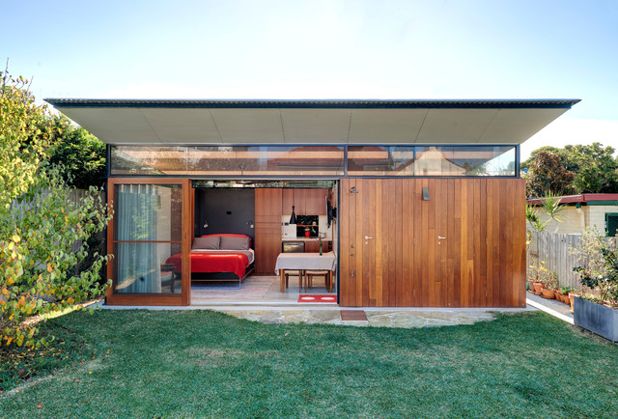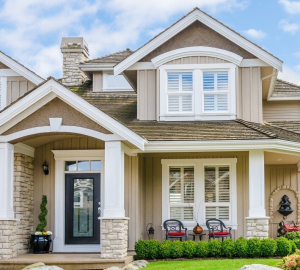Granny flats have grown in popularity in recent years. They are ideal for use as a separate dwelling for a member of the family or as an investment opportunity (in certain parts of the country). Despite the name, granny flats do not necessarily have to be occupied by grandmothers, or even grandfathers; they can also be used as a place to live for non-dependent children who cannot afford to get on the housing ladder, or who are not yet ready to fly the nest completely. They are simply a one or two bed dwelling that is attached to, or on the same plot of land as, a main residence.
The question is, should you think about building a granny flat as a viable option? There are several factors that you need to consider, before you make a decision.

Consider the costs of the build
One of the biggest potential issues you face is the cost of construction. This includes securing any permits or permissions that you need. You may also have additional costs due to site access issues caused by your current home. It’s a good idea to speak to a professional home builder, to get an idea of the costs that will be involved.
Recognise the benefits to re-sale value
On the flip side of the financial coin is the fact that a granny flat which is well-designed and well-built can create additional interest should you want to put the property on the market. This means that you could be more likely to meet the asking price. This is an important benefit, given the current issues with the Australian housing market.
Beware of conflicting legislation
If you decide that building a granny flat is a good idea, you need to consider the legislation that is in place for your home state. For instance, in New South Wales, the relaxed granny flat rules mean that you can build an attached dwelling, or one that lies completely inside your current home, and rent out either your main property or the granny flat. This can give you access to a significant regular income.
In order to meet these complying development rules, your application needs to be approved by your local council or an accredited certifier. Generally, the granny flat needs to be:
- Combined housing with a regular dwelling.
- On the same plot of land as the other dwelling.
It can be attached to, within or apart from the main property.
The situation is different in other parts of the country. For instance, if you live in Victoria or South Australia, you can only build a granny flat to be used by a member of your family. You cannot rent the accommodation out to anyone else.
It’s important that you understand the local rules regarding granny flats. You also need to establish if you have sufficient budget available to complete the project. Undertaking this type of advance planning means that you are more likely to be happy with your eventual decision regarding whether you should build a granny flat or not.



